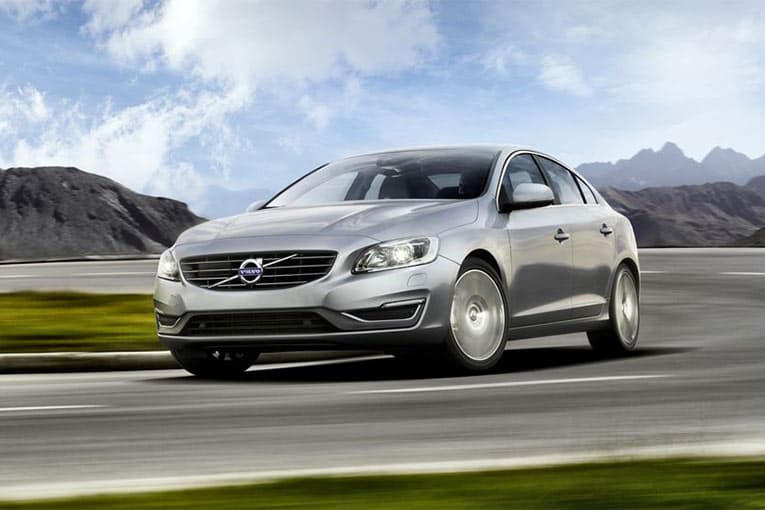Volvo, a company known for producing innovative and environmentally friendly vehicles, has recently completed successful testing of their new Kinetic Energy Recovery System (KERS), also known as the flywheel hybrid system. This technology is expected to significantly improve fuel efficiency and reduce emissions in their vehicles.
The system was tested on a Volvo S60 sedan and the results were promising. The flywheel system was able to boost acceleration and reduce fuel consumption by up to 25 percent. The system is relatively simple in design and works by recovering kinetic energy from braking and storing it in a flywheel, which can then be used to power the car’s engine when accelerating.
According to Green Car Reports, the KERS system is capable of delivering up to 80 horsepower to the rear wheels, which is equivalent to the power output of a large gasoline engine. The flywheel is made of carbon fiber and is encased in a vacuum to reduce friction and prevent energy loss. The system can store energy for up to eight seconds, which is enough time to provide a significant boost during acceleration.

Volvo’s KERS system has also been praised for its compact design and relatively low cost compared to other hybrid systems. This makes it an attractive option for automakers who want to improve fuel efficiency and reduce emissions without increasing the cost of their vehicles.
The KERS system is not Volvo’s first foray into hybrid technology. In 2012, the company released the V60 Plug-in Hybrid, which was the world’s first diesel-electric hybrid. The company has also announced plans to release a fully electric vehicle by 2025.
Volvo’s KERS system is not the only innovative technology being developed by automakers to reduce emissions and improve fuel efficiency. BMW has recently announced that they will be offering solar-powered charging systems to their electric vehicle customers. These charging systems use solar panels installed on the roof of the customer’s home to generate electricity, which is then used to charge the vehicle’s battery. This technology has the potential to significantly reduce the carbon footprint of electric vehicles and make them more accessible to consumers.
In conclusion, Volvo’s flywheel KERS system has shown promising results in reducing fuel consumption and improving acceleration. The system’s simple design, compact size, and low cost make it an attractive option for automakers looking to improve fuel efficiency and reduce emissions. As automakers continue to develop innovative technologies like this, we can expect to see more environmentally friendly vehicles on the road in the future.










